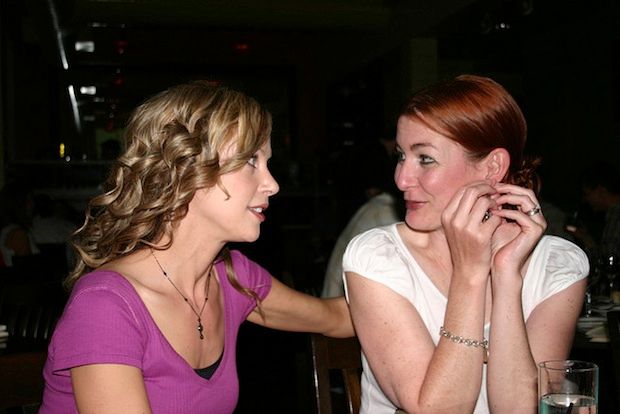On architecture, skeuomorphism, and "peopled" spaces.

Architect William J. Hirsch Jr, in his book Designing Your Perfect House, expounds on the necessity of the artisanal and the handmade in “peopling” spaces:
…the inclusion of materials that indicate a human hand contributed to [peopled spaces]. Hardwood floors, tiles, carved wooden details, hammered metal door handles, and fieldstone walls all need the hands of people –artisans– in their creation. The sense that a person has worked on a given item makes us feel the presence of that person. In quasi-psychological terms, you might say that the aura or presence of the craftsperson is still part of his or her creation. Whatever the reason, it’s still true that we feel less alone in the presence of materials that have been shaped by a human hand.
and
The biggest objection to modern architecture, I think, is that it’s too cold and machine-like. The best compliment we can give any item is to say it’s handmade or handcrafted. Why do we like “less perfect” better than perfect? Because “less perfect” connects more readily with other people.
Could it be that skeuomorphism was Steve Jobs’ way of “peopling” the Apple iOS, with its faux stitched leather and buffed, shiny chrome? Or does Microsoft have it right with its design philosophy to create authentically digital UIs, flat and drop-shadow free? Creating digital approximations of handmade things is not the same as creating real handmade things. It’s fake. Phony. Inauthentic. But, “peopled” nonetheless. Which is all that matters to most of us. The illusion of the artisan. The illusion of not being alone. The illusion that someone cares.